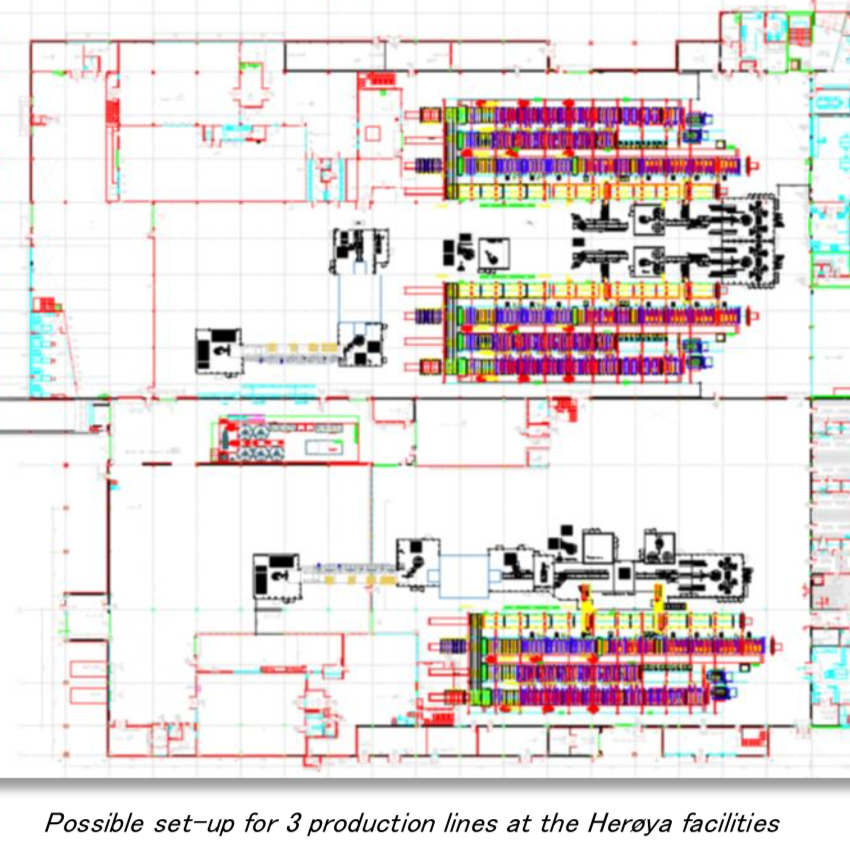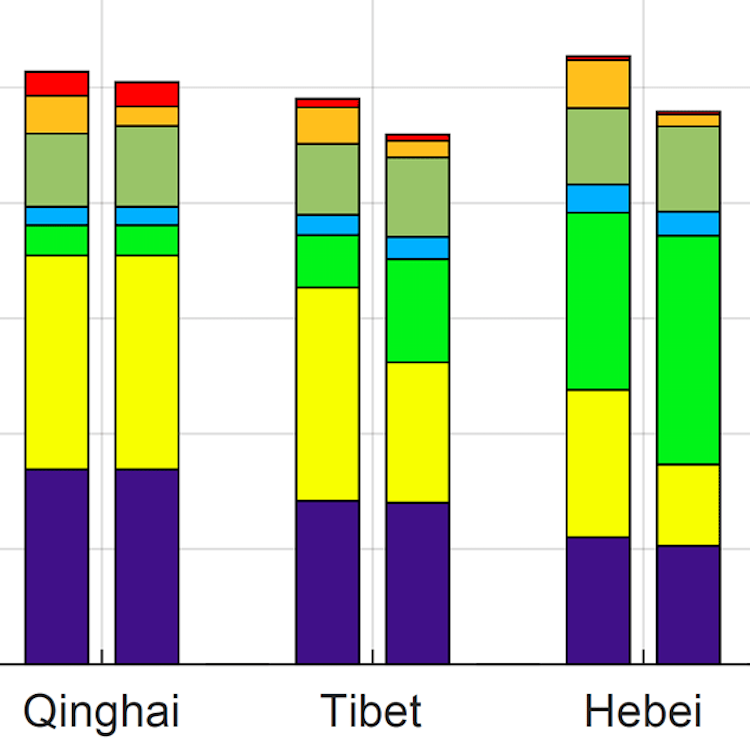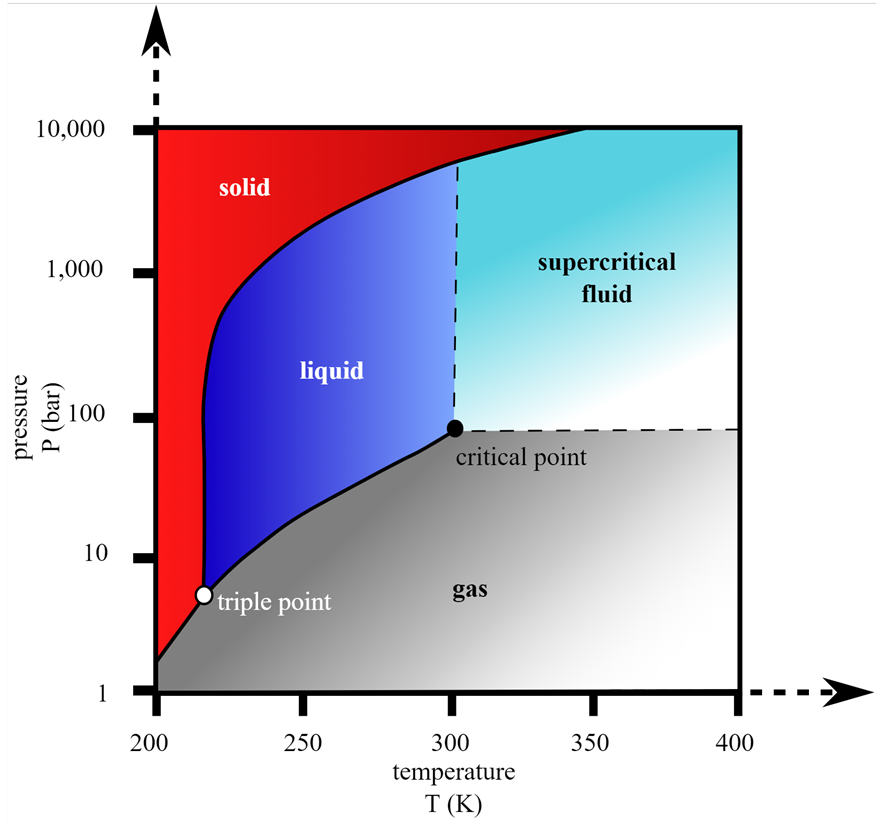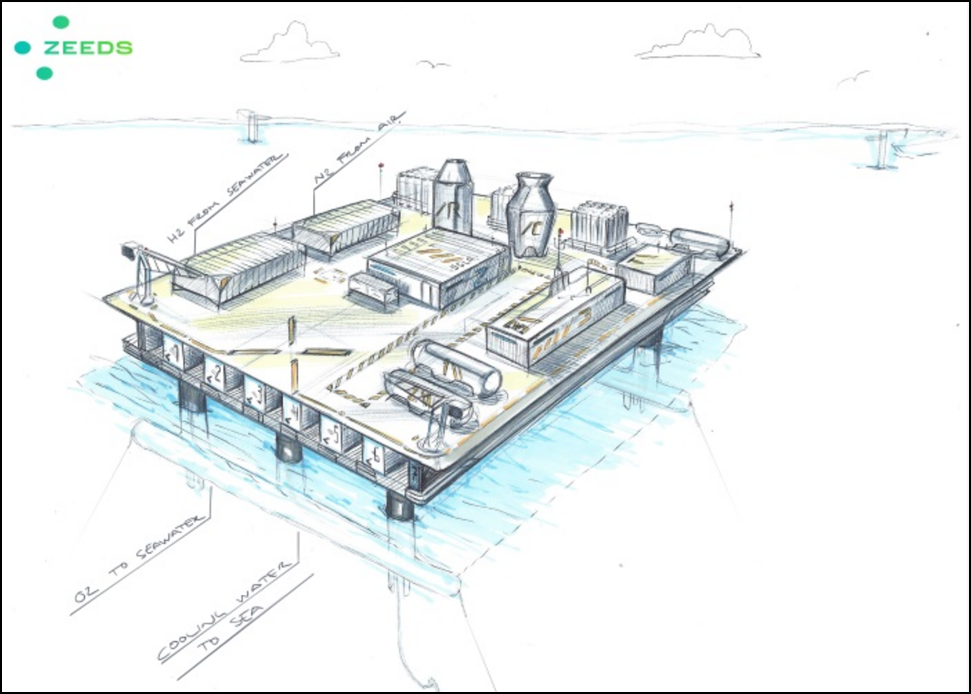Gigawatt-scale electrolyzer manufacturing and deployment
ANNUAL REVIEW 2019: Electrolyzers have featured heavily at this year's Ammonia Energy Conference, which ended today. How much can innovation increase efficiency? How far can volume manufacturing drive down capex? How much could process integration with Haber-Bosch deliver improved ammonia production? How realistically can new, sophisticated strategies optimize variable and baseload power inputs? These technical questions are all important, but none defines profitability. While progress is being made on all these fronts of research and development, major industrial projects are still moving forward.









